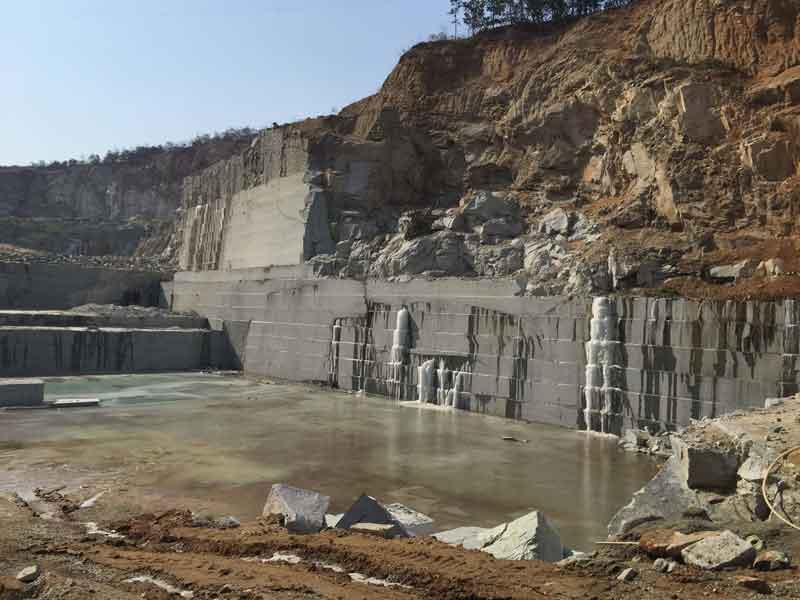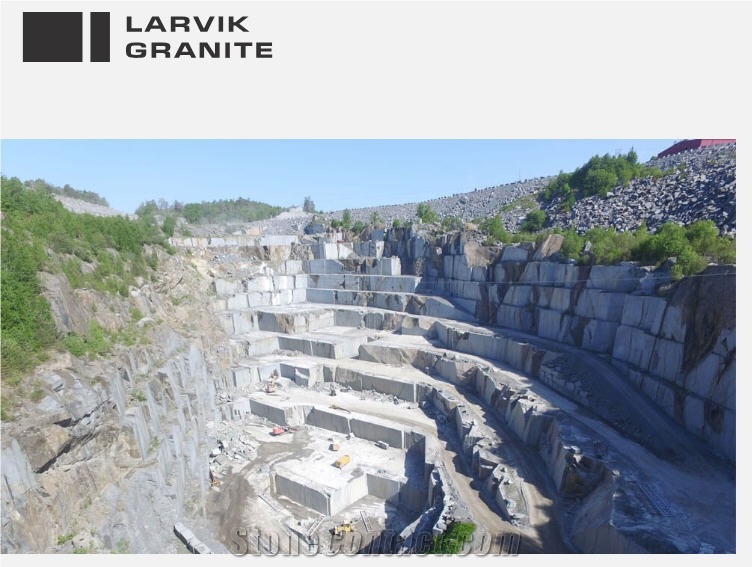From Rock to Tale: A Comprehensive Guide to Granite Quarries in Rustenburg
From Rock to Tale: A Comprehensive Guide to Granite Quarries in Rustenburg
Blog Article
Unveiling the Mysteries: Inside the Operations of Granite Quarries
Today, we begin on a voyage of discovery, peeling back the layers of secrecy that surround the operations of granite quarries. Prepare to be astounded as we dig into the geological marvels, uncover the intricate techniques utilized in quarrying, and witness the precision and artistry entailed in changing raw granite blocks into building masterpieces.
The Formation of Granite: A Geological Marvel
Granite, an amazing geological wonder, is created through a complex process that covers millions of years. This igneous rock stems deep within the Earth's crust, where severe warm and pressure cause the melting and recrystallization of existing rocks. The development of granite begins with the air conditioning of lava, the liquified rock that lies beneath the Earth's surface. As the magma cools down, it solidifies right into igneous rocks, which can later be revealed via the disintegration of overlaping layers.
The one-of-a-kind composition of granite is a result of its slow cooling procedure. This slow air conditioning allows the minerals within the lava to take shape and expand, creating a coarse-grained appearance that defines granite's particular look. One of the most bountiful minerals found in granite are mica, feldspar, and quartz, which add to its solidity, sturdiness, and unique polychromatic patterns.
Over numerous years, the movement of tectonic plates and the pressures of erosion gradually bring granite to the Earth's surface. Once revealed, granite can be quarried and changed into various building and ornamental features, such as countertops, floor covering, and monuments.

Quarrying Techniques: From Nitroglycerins to Ruby Wire Sawing
Quarrying strategies have progressed over time, transitioning from the usage of dynamites to the implementation of ruby cable sawing. Traditionally, dynamites were utilized to loosen up and damage apart the granite from its natural bedrock.
In recent years, the introduction of ruby cable sawing has changed the quarrying industry. This technique entails using a diamond-coated cord to puncture the granite. The cord is drawn back and forth in a sawing activity, progressively slicing with the rock with accuracy and control. Contrasted to nitroglycerins, diamond wire sawing offers various benefits. It is a much safer and more environmentally friendly approach, as it does not entail making use of nitroglycerins or produce extreme noise, dust, or resonances. Furthermore, the cuts made by diamond cable sawing are tidy and precise, lowering waste and making the most of the functional product.
The implementation of ruby cord sawing has actually also enhanced efficiency in granite quarries. It permits faster cutting and extraction, minimizing downtime and boosting the overall performance of the procedure. Furthermore, this technique makes it possible for quarry operators to extract larger blocks of granite, which can be used for numerous purposes, including building, sculpture, and interior decoration.
Extraction and Block Cutting: Unveiling the Art of Precision
The process of removal and block cutting in granite quarries showcases the precise virtuosity needed to accomplish accuracy in the production of granite materials. This phase of the quarrying procedure involves the mindful elimination of huge granite obstructs from the earth and the succeeding cutting of these blocks into smaller, a lot more manageable sizes.
To extract the granite obstructs, quarry workers employ a mix of heavy equipment, such as excavators and loaders, along with knowledgeable manual work. The granite blocks are meticulously detached from the surrounding rock using specialized techniques and devices. This procedure requires precision and expertise to guarantee the blocks are drawn out without damages or breakage.
Block cutting is a intricate and delicate process that requires precision cutting devices and machinery. Proficient craftsmen use diamond-tipped saws to thoroughly slice the blocks Get the facts right into slabs of the preferred density.
The art of precision in extraction and block cutting is important in the manufacturing of granite products. The resulting slabs are used in a selection of applications, consisting of countertops, flooring, and architectural exteriors. The thorough interest to information and accuracy in these processes guarantees that the final items fulfill the highest requirements of top quality and sturdiness.
Transportation and Logistics: Relocating Mountains of Stone
The transportation and logistics entailed in moving mountains of stone from the quarry site to their assigned places need careful planning and coordination. Once the granite blocks are removed and cut, the following critical step is to deliver them efficiently and safely (granite quarries in rustenburg). This process involves numerous parts, consisting of transport modes, devices, and paths
Transportation modes play a vital duty in the movement of granite blocks. Trucks are generally used for short-distance transportation due to their versatility and accessibility.
Equipment such as forklifts and cranes are made use of to load and discharge the granite obstructs onto the transportation automobiles. These machines make sure the risk-free handling of the hefty rock, decreasing the risk of damage throughout transportation.

Sprucing Up and Finishing: Changing Granite Into Architectural Masterpieces
To transform granite into architectural masterpieces, the procedure of finishing and polishing is diligently implemented with accuracy and craftsmanship. Once the granite blocks are extracted from the quarry and transported to the processing center, they undergo a number of stages of finishing and brightening to enhance their aesthetic charm and resilience.
The initial step in the polishing process is to remove any kind of rough edges and imperfections from the surface of the granite. This is Web Site done utilizing specialized equipment that employs unpleasant pads or ruby devices. The granite is then very carefully brightened making use of progressively better grits to accomplish a shiny and smooth coating.
After brightening, the granite undergoes a procedure called sharpening. This entails using unpleasant pads or brushes to develop a matte or satin coating, relying on the preferred look. Sharpening likewise helps to better improve the all-natural color and pattern of the granite.
As soon as the preferred surface is accomplished, the granite is extensively cleaned and evaluated for any type of continuing to be flaws. It is after that treated with a sealant to safeguard it from discolorations, moisture, and other ecological factors. This sealer additionally helps to boost the shine and durability of the granite.
The final action in the sprucing up and ending up procedure is quality assurance. Each piece of granite is meticulously inspected to make certain that it satisfies the highest standards of high quality and craftsmanship. Any type of issues or disparities are resolved prior to the granite is prepared to be changed into architectural masterpieces.
Conclusion
In verdict, the procedures of granite quarries involve a complex procedure that showcases the wonder of geological formation, using innovative quarrying methods, and the accuracy in extraction and block cutting. Additionally, transportation and logistics play an essential function in relocating the vast quantities of stone, while polishing and finishing strategies transform granite right into architectural work of arts. The world of granite quarries unveils a fascinating blend of science, ability, and creativity.
Prepare to be surprised as we dig right into the geological wonders, uncover the detailed methods utilized in quarrying, and witness the accuracy and creativity included in transforming raw granite blocks into building work of arts.To draw out the granite blocks, quarry employees use a combination of heavy machinery, such as excavators and loaders, along with proficient hands-on labor. The granite blocks are carefully removed from the bordering rock using specialized techniques and tools.The art of precision in removal and block cutting is crucial in the manufacturing of granite products.In final thought, the operations of granite quarries include an intricate procedure that showcases the marvel of geological formation, the usage of sophisticated quarrying methods, and the accuracy in removal and block cutting.
Report this page